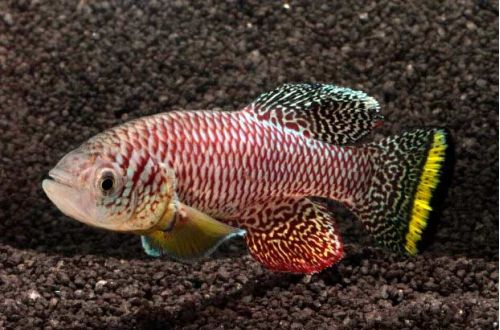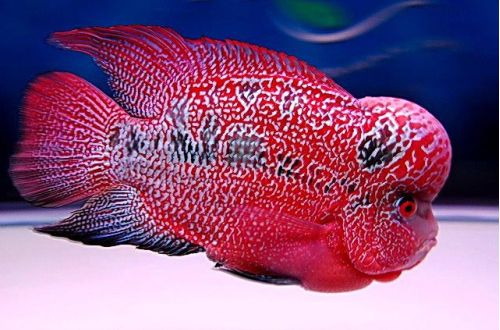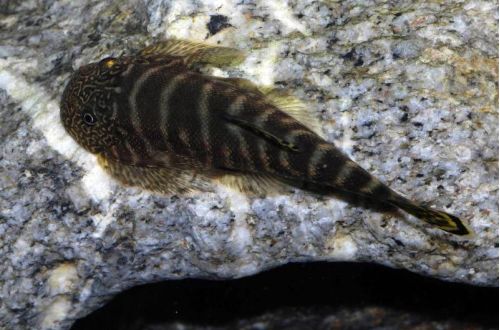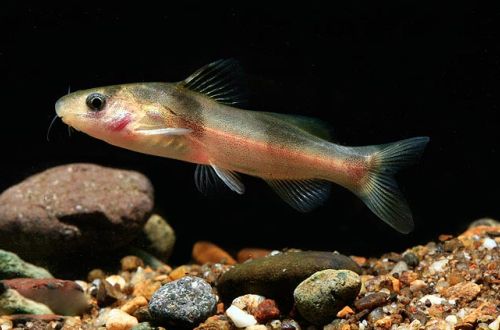
Furzer’s Notobranch
Nothobranchius furzeri, scientific name Nothobranchius furzeri, belongs to the family Nothobranchiidae (Notobranchiaceae). The fish is named after its discoverer, Richard E. Furzer. In nature, it is found in regularly drying up reservoirs in the savannah in southeast Africa.

Contents
Features
Fish have the shortest lifespan of any recorded vertebrate. In the natural habitat, it is only 1-5 months, in an aquarium – 3-16 months.
This feature is due to nature. In order to survive in shallow, drying up reservoirs in a hot climate, in the course of evolution, fish have acquired unusual adaptability – accelerated development from fry to adult fish. All this in order to have time to lay eggs before the reservoir is dry. The eggs remain in the thickness of the silt, which turns into a layer of mud during the dry season. In this semi-dried state, the eggs are kept for several months until the next rainy season.
Due to its characteristics, Notobranch Furtsera is not very popular in home aquariums, but it is considered an ideal organism for laboratory research.
Description
Adults reach a length of about 3 cm, although some specimens grew to almost 6 cm. Sizes directly depend on life expectancy. This species is characterized by pronounced sexual dimorphism. Males are noticeably larger and have a contrasting coloration with a predominance of red hues. Fins and tail may contain yellow pigment. Females are smaller and painted in silver or gray tones.
Behavior and Compatibility
Peaceful moving fish. Among males there is competition for the attention of females, but which is demonstrative. For natural reasons they are kept in the company of relatives, although they are quite compatible with many other non-aggressive species of comparable size, for example, with similar Killy Fish.
Brief information:
- The volume of the aquarium – from 40 liters.
- Temperature – 23-30°C
- Value pH — 6.5–7.5
- Water hardness – 4–15 dGH
- Substrate type – soft fibrous
- Lighting – any
- Brackish water – no
- Water movement – little or no
- The size of the fish is 3–6 cm.
- Nutrition – any food rich in protein
- Compatibility – in a group of 4-5 individuals
- Life expectancy – no more than 16 months
Maintenance and care, arrangement of the aquarium
In most cases, fish are acquired at the stage of eggs. In warm, soft, slightly acidic water, the hatching process begins. The optimal size of the aquarium for a group of 4-5 fish starts from 40 liters. Registration is selected in terms of subsequent breeding. The bottom is covered with specialized fibrous materials of artificial or natural origin, for example, a dense layer of coke fibers. When eggs are deposited in the substrate, it can be easily removed from the aquarium, placed in a container with a lid and left for a couple of months in a dark, warm place.
The rest of the design is not significant. For landscaping, it is recommended to use thickets of floating plants.
The set of equipment consists of a lighting system, a heater and a simple airlift filter to avoid excess water movement.
Maintenance is standard and includes the following procedures: weekly replacement of part of the water with fresh water and removal of accumulated organic waste.
Food
They accept both dry granulated (or in the form of flakes) and live, frozen food. Bloodworms are considered a good choice.





